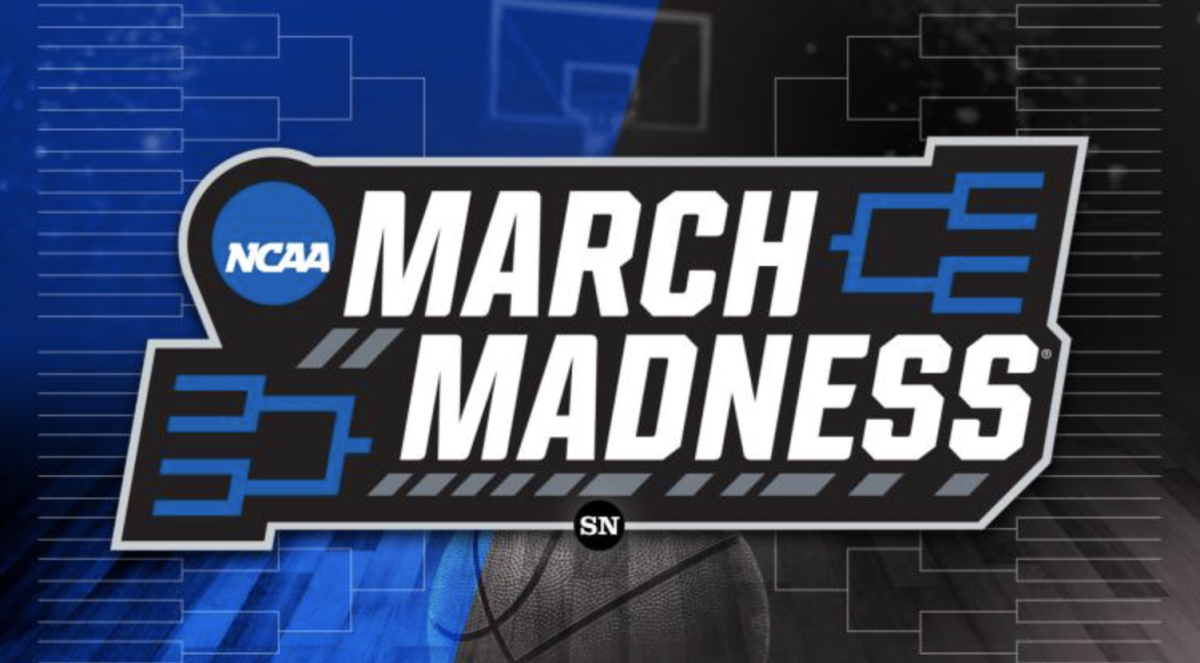By Will Frankel ’17, Op/Ed Editor
In February, sophomore Akshat Chowksey delivered a passionate critique of the role of standardized testing in American education. Indeed, as the testing season arrives yet again this year, his frustrations with the system are likely shared by many members of the community. However, Chowksey’s arguments are problematic for several reasons. The key oversight that he makes is the failure to compare standardized tests to what we would have absent the tests: the raw classroom examination.
First, Chowskey argues that standardized are too one-size-fits-all, not tailored to nuances in different students abilities. He specifically attempts to pull at the readers heart strings by telling the story of a mentally impaired boy who must take the same tests as other students. However, standardized testing is much more dynamic than Chowksey makes it out to be. Nearly every single major standardized test now offers not only extra time for those who have learning challenges, but also specific, medically recommended accommodations, like audible instructions or empty rooms. Conversely, the alternative to standardized tests, only operating based on classroom results, is not adapting to the needs of special education. NPR reports that around the nation’s public schools, special education teachers are in extreme shortage, explaining, “special education teachers face additional pressures: feelings of isolation, fear of lawsuits, and students who demand extra attention. Many are the only special-needs teacher in their grade or their school, or sometimes in the entire district.” It is clear, then, that relying on standardized testing is the lesser evil.
Next, Chowskey moves on to argue that standardized testing degrades the quality of education by encouraging teachers to “teach to the test”. The argument goes that incentive plans attached to good test results for students push teachers to ditch meaningful education for ideal scores. However, it has a few important flaws. First, it is an unfortunate reality that “teaching to the test” is often an improvement. Teaching for specific test results makes sure each student knows the basic skills that are tested on standardized tests and teaches students strategy in testing, an important practical benefit that standardized tests provide. Most members of the workforce would probably agree that they more often call on the skill of working in limited time than they do the ability to provide geometric theorems to prove a triangle as equilateral. Moreover, on the national level Linda Hammond of Stanford University concluded in a study of standardized testing that “teaching to the test” results in organized educational standards and a common curriculum. Teachers can collaborate to develop similar curriculum units, lesson plans, and overall academic rigor, increasing the quality of education for students.
Finally, Chowksey claims that standardized tests uniquely benefit higher income families. He argues, “due to the fact that only wealthy families have access to expensive methods of test preparation, affluent students have higher average test scores when compared to students from the lower classes”. Once again, Chowskey’s argument seems to miss the mark on a few levels. First, the totality of the academic research on the issue disagrees with Chowkset. After conducting a meta-analysis of 400 different peer-reviewed studies, researchers from the University of Rochester found that there is neither a strong, nor consistent relationship between test performance and a student’s financial resources. The reason why is simple. Standardized testing provides the unique opportunity for students from all socioeconomic backgrounds to raise their standing within the academic process. While poorer schools can be chronically underfunded and mismanaged, when every student in the nation is given the same test, they all are put on a more even playing field. While, of course, all of the advantages of a student’s background are still present when they take a standardized test, if we compare again standardized tests to the alternative to evaluating just the classroom, we see that it is leaps and bounds more equal. However, even if Chowksey is granted his entire argument heretofore, it is already being solved anyways. The Yale Daily News reports that reforms on new standardized tests (e.g. the new SAT) are designed to completely level the playing field for students from all socioeconomic backgrounds. These reforms aim to reduce the impact that intense coaching and private tutoring perform for the exams. As we move forward, the negatives of standardized tests will be minimized and the benefits will be maximized, even more than they already are.
Chowskey offers an interesting case against standardized testing. However, a deeper look beyond the frusrtations that we all feel when we take them reveals that by aiding the college process and introducing reforms to the American education system, standardized testing is a net benefit to American education. We may testing may seem like something to detest, but without it, American education would be distressed.






